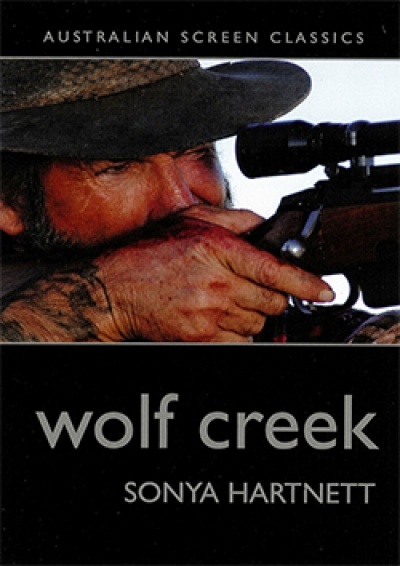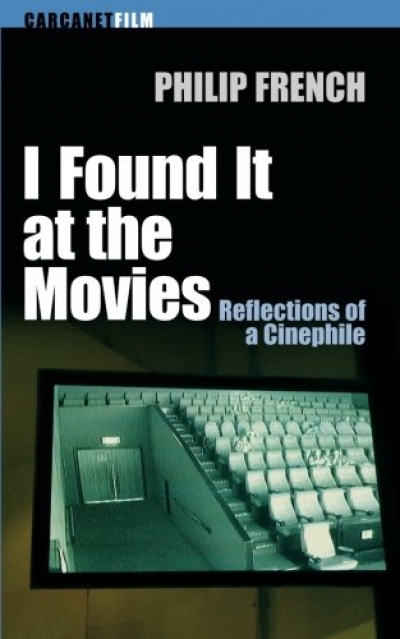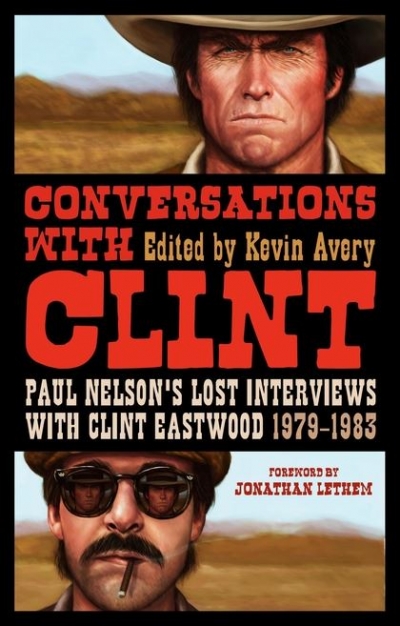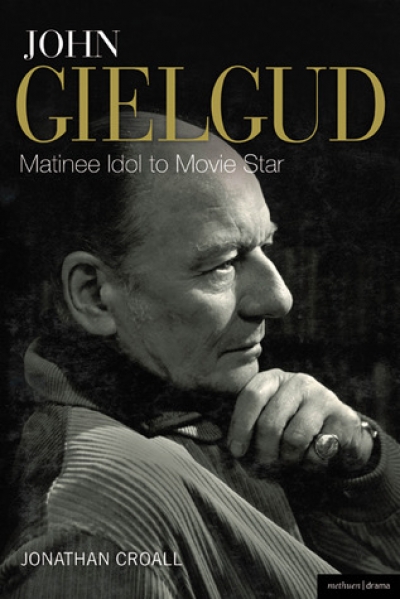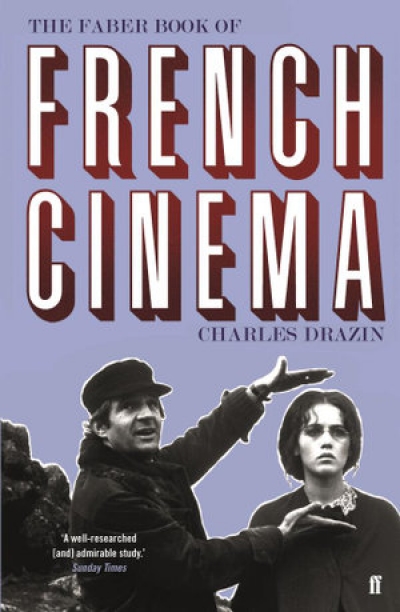Film Studies
I Found It at the Movies: Reflections of a Cinephile by Philip French
Conversations with Clint: Paul Nelson’s Lost Interviews with Clint Eastwood 1979–1983 edited by Kevin Avery
One morning in 2004, an Aboriginal man named Cameron Doomadgee was arrested for swearing at a police officer; forty-five minutes later he lay dead on the floor of his cell. Something had gone badly wrong, though the white senior sergeant on duty, the towering Chris Hurley, denied he was in any way at fault.
... (read more)John Gielgud: Matinee Idol to Movie Star by Jonathan Croall
It takes fifteen minutes of screen time before Karen (Shai Pittman), the young Aboriginal heroine of Beck Cole’s Here I Am, finds a room of her own. Before this, we have seen her riding away from prison in a taxi, blissfully feeling the wind on her face; walking through dark Adelaide streets, clutching a box of treasured possessions; and prostituting herself to a stranger in a pub in exchange for a night’s accommodation.
... (read more)Anyone who remembers Julie Taymor’s 1999 version of Titus Andronicus, Shakespeare’s first published play, will not be expecting a reverential treatment of what is reputedly his last, but Taymor’s new film does move more or less inexorably to the play’s final wisdom: ‘The rarer action is / In virtue than in vengeance.’ The Tempest is a d ...
Australian Documentary: History, Practices, Genres by Trish FitzSimons, Pat Laughren, and Dugald Williamson
Kotcheff’s Wake
Jake Wilson
Wake in Fright
by Tina Kaufman
Currency Press, $16.95 pb, 72 pp, 9780868198644
Eight years after its launch, the Australian Screen Classics series of monographs represents a valuable, ongoing contribution to l ...

